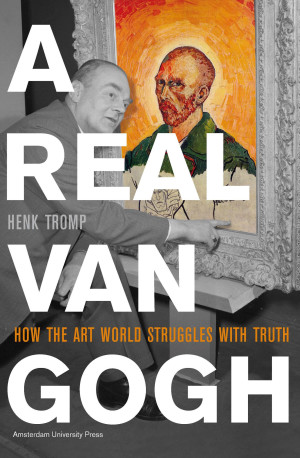"... een oneindig fascinerend boek [...] Het gaat Tromp vooral om het gedrag van mensen in de kunstwereld die betrokken zijn bij kwesties van echt en vals, een soort onderzoek dat kunsthistorici niet gauw zullen doen, gebiologeerd als ze zijn door authenticiteit an sich. Telkenmale treft Tromp extreme, maar niet benoemde belangenverstrengelingen aan waar de sleutelfiguren - wetenschappers en kenners, maar ook museumadviseurs, tussenpersonen in de handel en soms verzamelaars - nooit op worden aangesproken." (Gary Schwartz, over de Nederlandse uitgave van Mets & Schilt)
'An endlessly fascinating book. Tromp probes the behavior of art-world figures who are involved with issues of authenticity: scholars and connoisseurs, museum advisors, art dealers and collectors. This is research of a kind that is seldom performed by art historians, who are more interested in whether a given work is genuine or not than in the process by which opinions are formed. Time after time, Tromp discovers that key agents allow their judgment to be guided by their own financial interest. In day-to-day practice, the ethics of this behavior is not questioned either in the courts, the art trade or the art-historical literature.' (Engelse vertaling Gary Schwartz)
"Based on prodigious research, Henk Tromp's work provides a fascinating case study of the problem of authenticity. This question of what is real and what is true extends far beyond the realm of art history and may be the most difficult cultural and moral issue all of us face today." Modris Eksteins, Professor Modern History at the University of Toronto and writer of ‘Rites of Spring’
"The art world wants to be trick [...] That is certainly the conclusion one comes away with after reading A Real Van Gogh, Henk Tromp's thoroughly researched, highly readable, fascinating new book, which uses the history of van Gogh authenticity and forgery debates to discuss what happens in the art world when someone cries wolf. It's not a pretty picture for the expert who deigns to proclaim a work inauthentic."
– Noah Charney - The Journal of Art Crime

